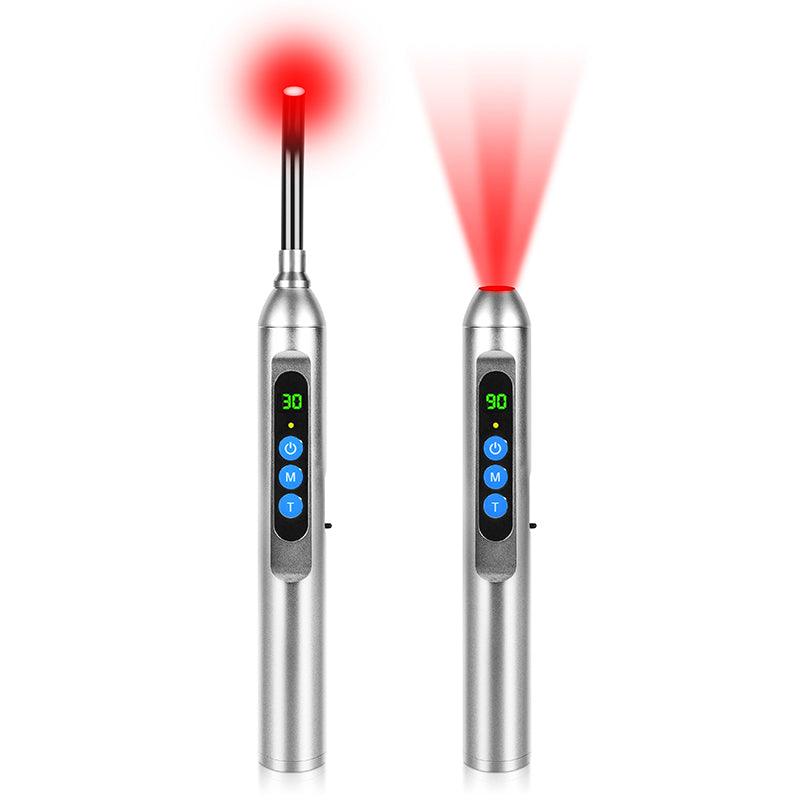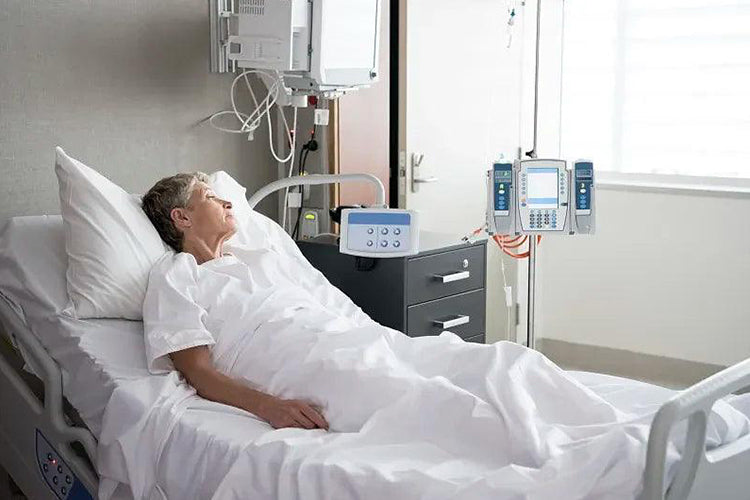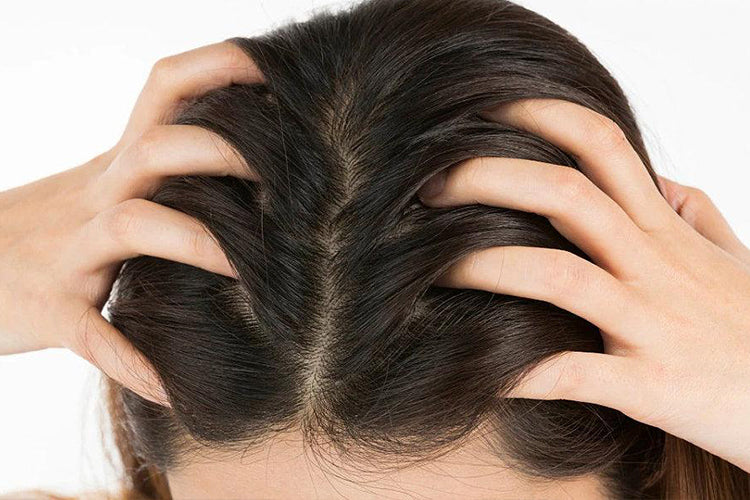The onset of male pattern baldness, also known as androgenetic alopecia, can vary widely among individuals. However, there are general patterns and age ranges associated with when men typically start balding. Here are some key points:
-
Genetic Factors: The primary factor influencing male pattern baldness is genetics. If there's a family history of baldness, especially on the maternal side, a man is more likely to experience it himself.
-
Onset Age: Male pattern baldness often begins with the onset of puberty, but noticeable hair loss typically becomes more evident in adulthood. The most common age range for the start of male pattern baldness is late teens to early 20s.
-
Gradual Process: Male pattern baldness is a gradual process. It usually starts with a receding hairline or thinning at the crown of the head. Over time, the hairline may recede further, and the hair on the crown may continue to thin.
-
Different Rates: The rate of hair loss can vary. Some men may experience a slow progression over many years, while others may see a more rapid onset.
-
Norwood Scale: The Norwood Scale is commonly used to classify the stages of male pattern baldness. It ranges from Stage I (no visible hair loss) to Stage VII (extensive balding). Most men who experience male pattern baldness fall somewhere on this scale.
-
Other Factors: While genetics play a primary role, other factors such as hormonal changes, stress, and certain medical conditions can also contribute to hair loss.
It's important to note that not all men will experience male pattern baldness, and the extent of hair loss can vary significantly. Some men may maintain a full head of hair throughout their lives, while others may experience significant hair thinning.
If a man is concerned about hair loss or notices significant changes, consulting with a dermatologist or healthcare professional can provide insights into the underlying causes and potential treatment options, including medications like minoxidil or finasteride, and more advanced treatments such as hair transplantation. Early intervention is often more effective in addressing hair loss.
Treating Male Pattern Hair Loss with Red Light Therapy
Red light therapy is an excellent option for men suffering from male pattern baldness. It uses red light and infrared light of different wavelengths to enhance cell metabolism, repair damaged hair roots, and restore hair thickness and health.
The appearance design is often the soul of a product. This red light hat adopts the shape of a professional baseball cap, so that you will not be looked at strangely when wearing it. Unlike heavy medical instruments, this red light hat is very convenient. It is lightweight. In fact, it does not take up your time at all. It can be used even when you are working or studying. It only takes a few minutes a day to help your hair grow back and regain your confidence.















